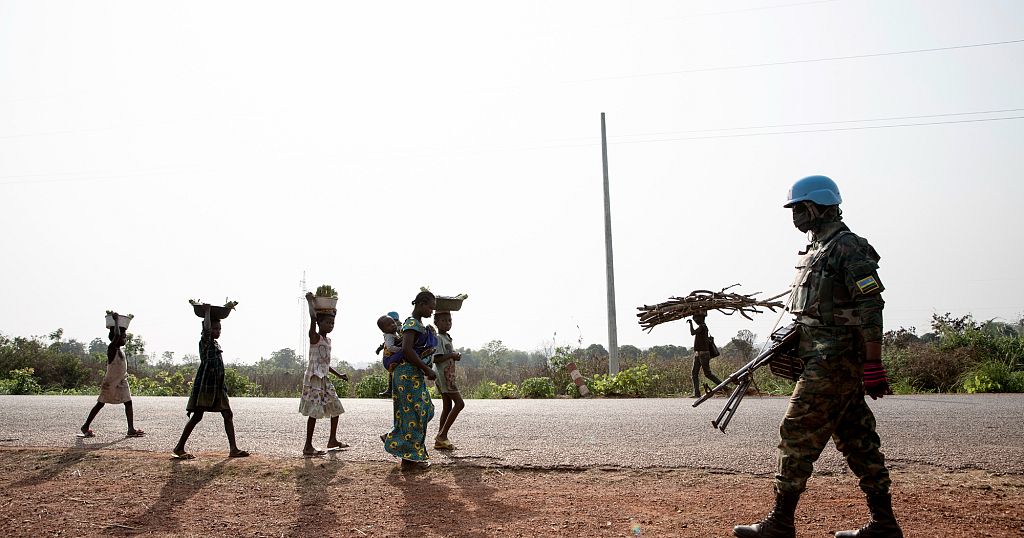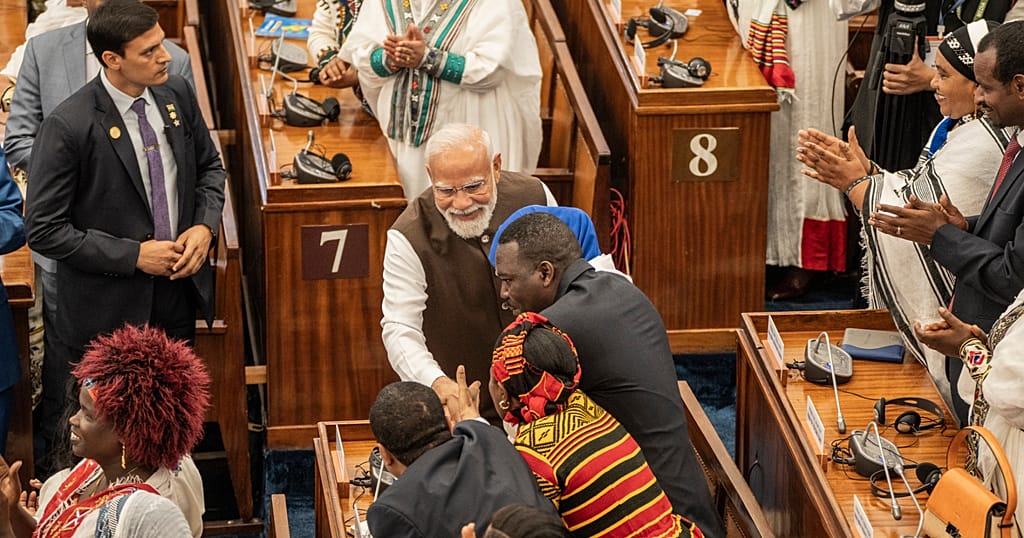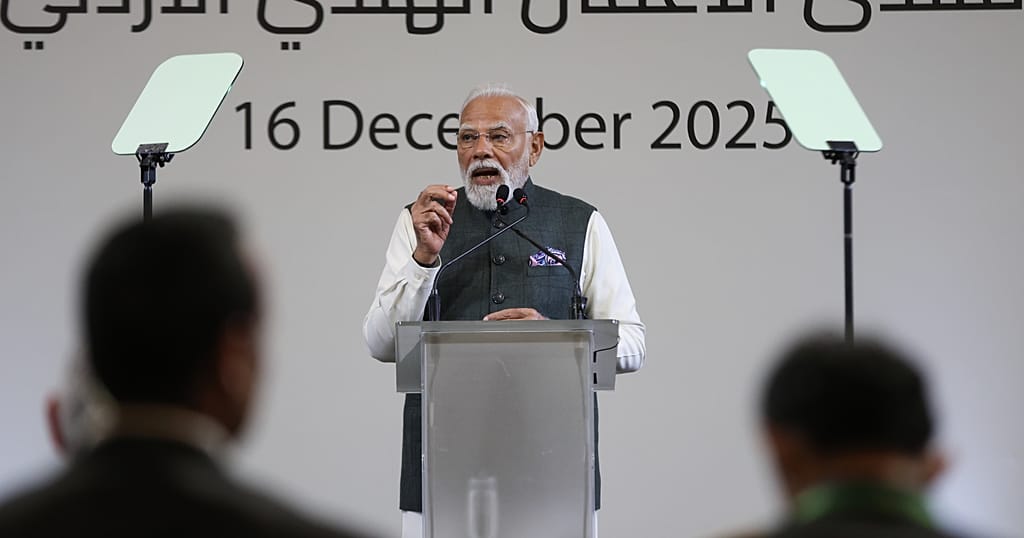Delegates meet in Colombia to address global biodiversity crisis

The United Nations Environment Programme reports that the planet is facing its most significant loss of life since the time of the dinosaurs, with approximately 1 million species of plants and animals currently at risk of extinction.
Global environmental leaders convene on Monday in Cali, Colombia, to evaluate the declining biodiversity worldwide and the pledges made by nations to safeguard plants, animals, and essential habitats.
Eva Zabey, executive director of the coalition Business for Nature, calls for a Shift from establishing targets to implementing tangible actions in the field. “The biodiversity conference, the COP16, comes at an absolutely critical moment for us to move from targets setting to real actions on the ground.”
The agreement outlines 23 actions aimed at stopping and reversing the decline of nature, which includes protecting 30% of the Earth’s surface and 30% of damaged ecosystems by the year 2030.
According to Linda Krueger, director of biodiversity at The Nature Conservancy, all evidence indicates a significant decrease in both the abundance and distribution of species.
“All the evidence shows that there’s dramatic decline in species abundance and distribution. That means species have a lot of wild species have less room to live, and and they’re declining in numbers. And we also see rising extinction rates,” she said.
During her opening remarks on Sunday, Susana Muhamad, Colombia’s environment minister and COP16 president, stated that the conference presents a chance to gather insights from various civilizations, cultures, and knowledge throughout history.
She emphasized the goal of creating sustainable and stable conditions for a new society that will emerge in response to the ongoing crisis.
The two-week United Nations Biodiversity Conference, known as COP16, builds on the 2022 meetings in Montreal where 196 nations agreed to a landmark treaty aimed at safeguarding biodiversity.
Source: Africanews













